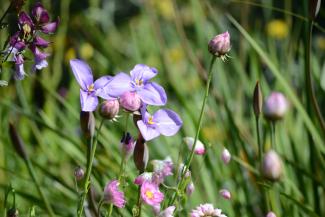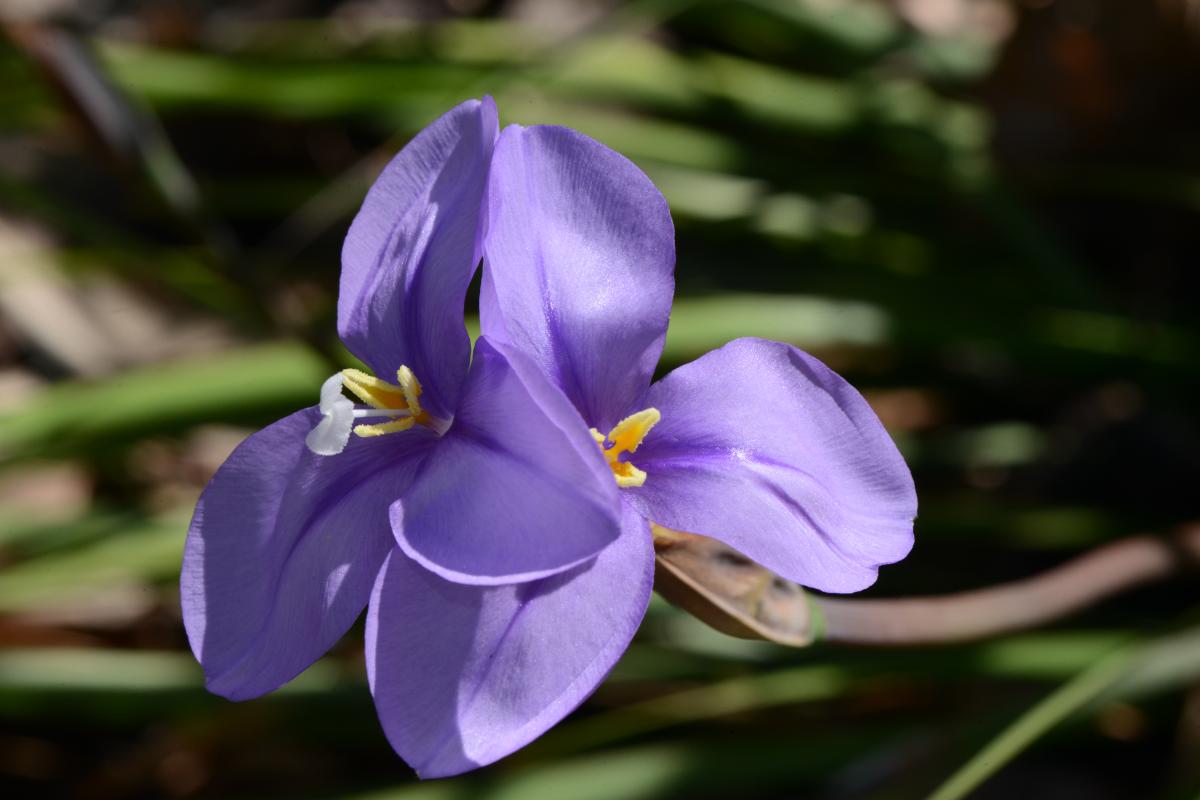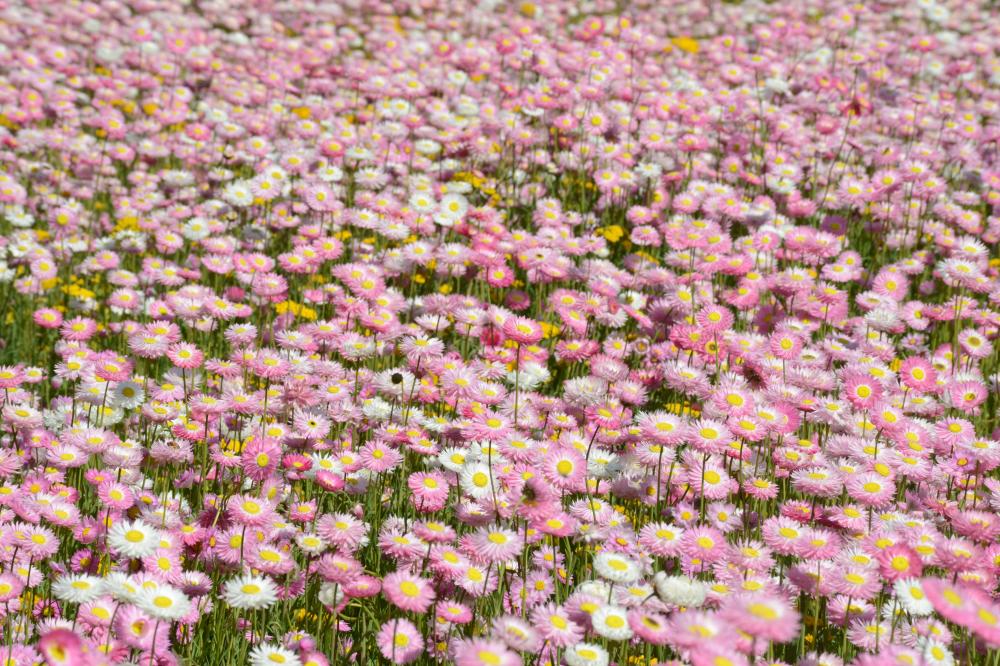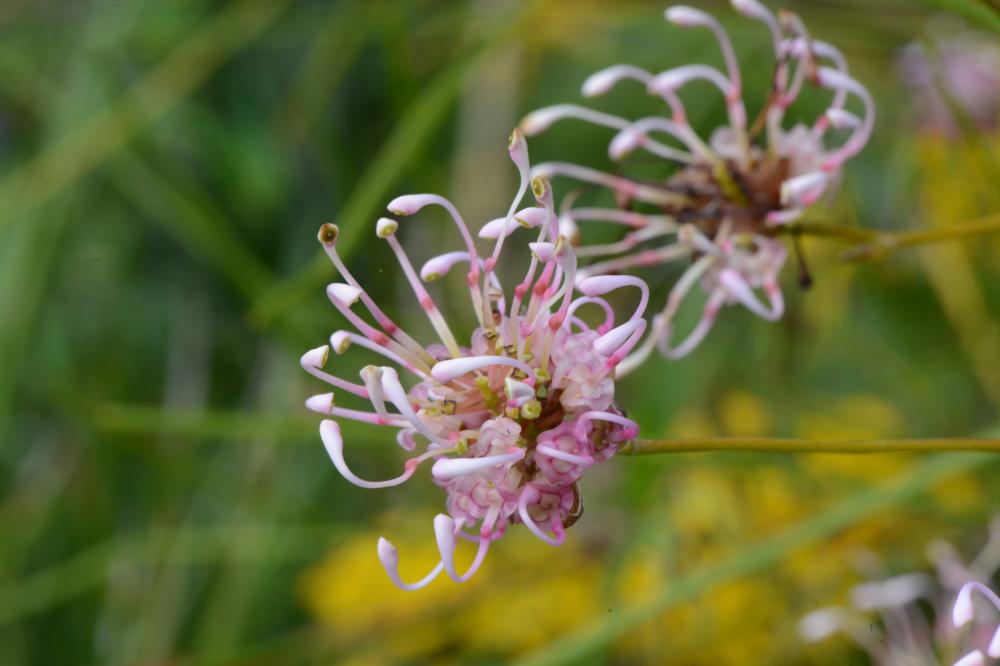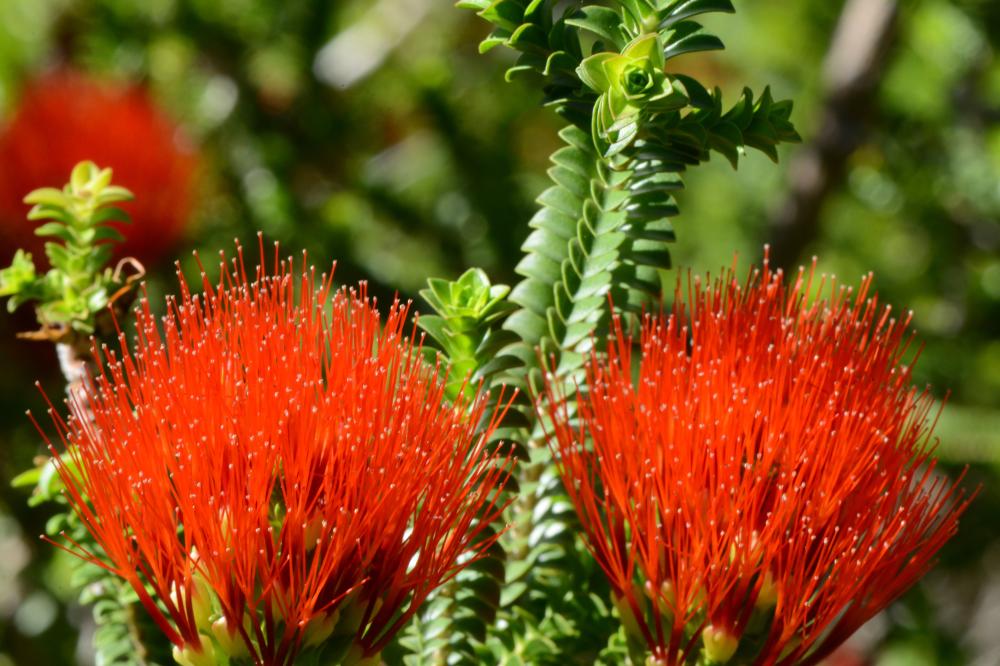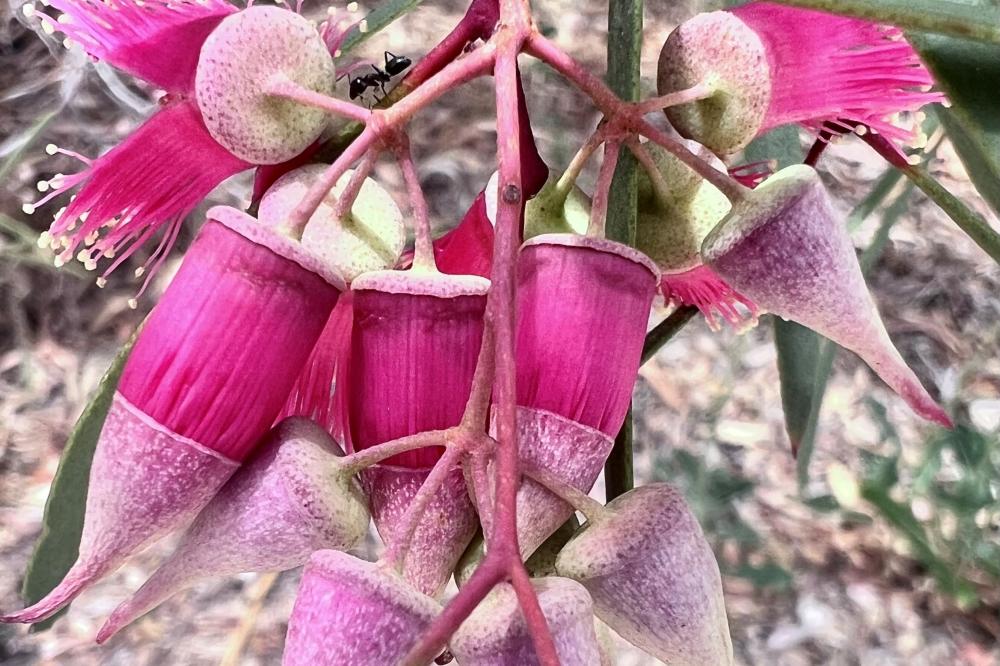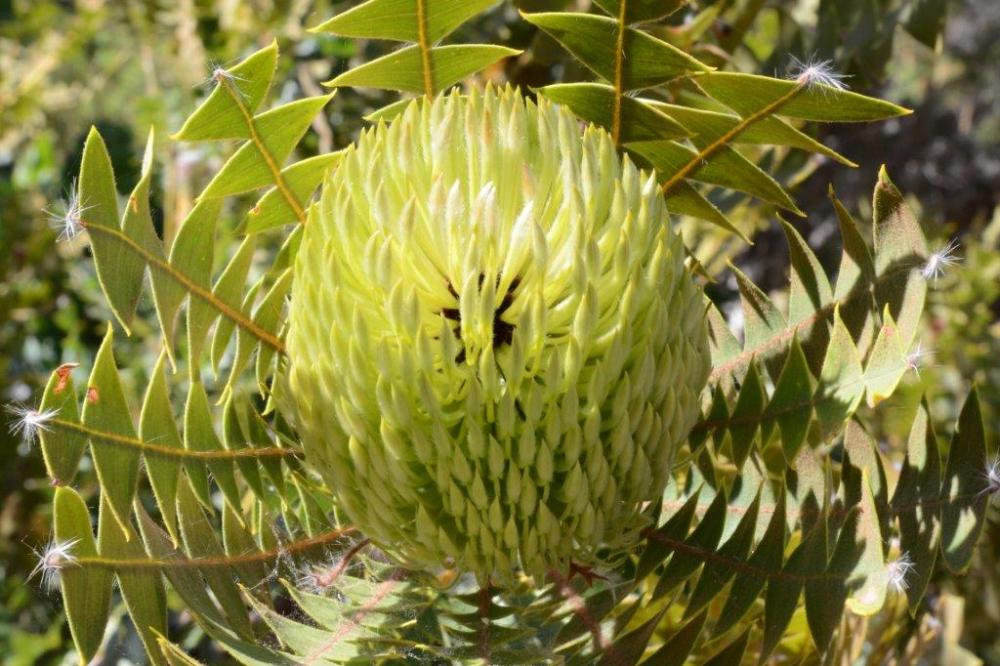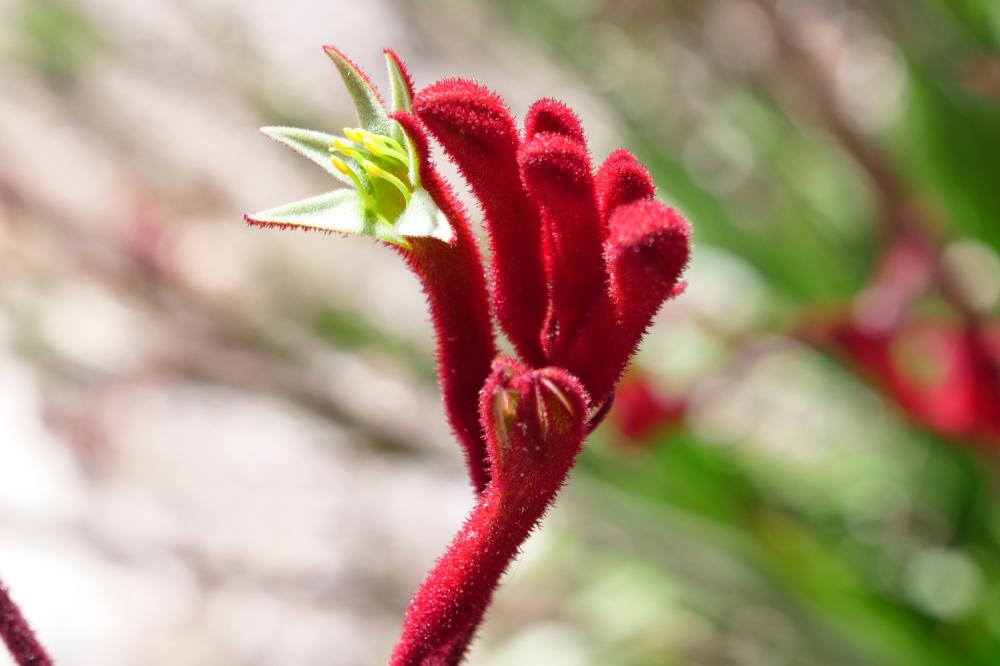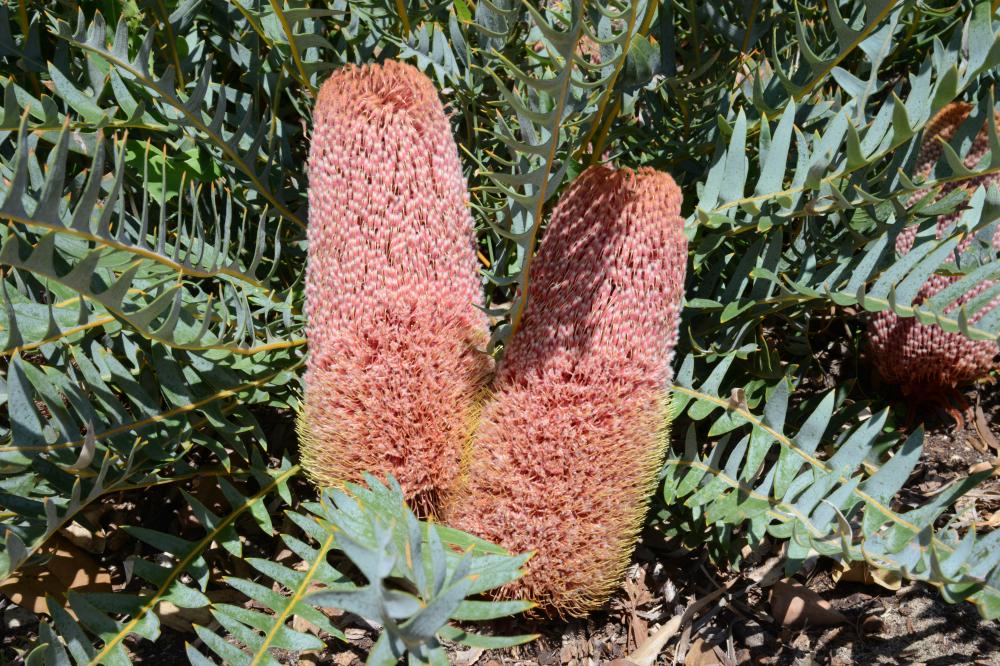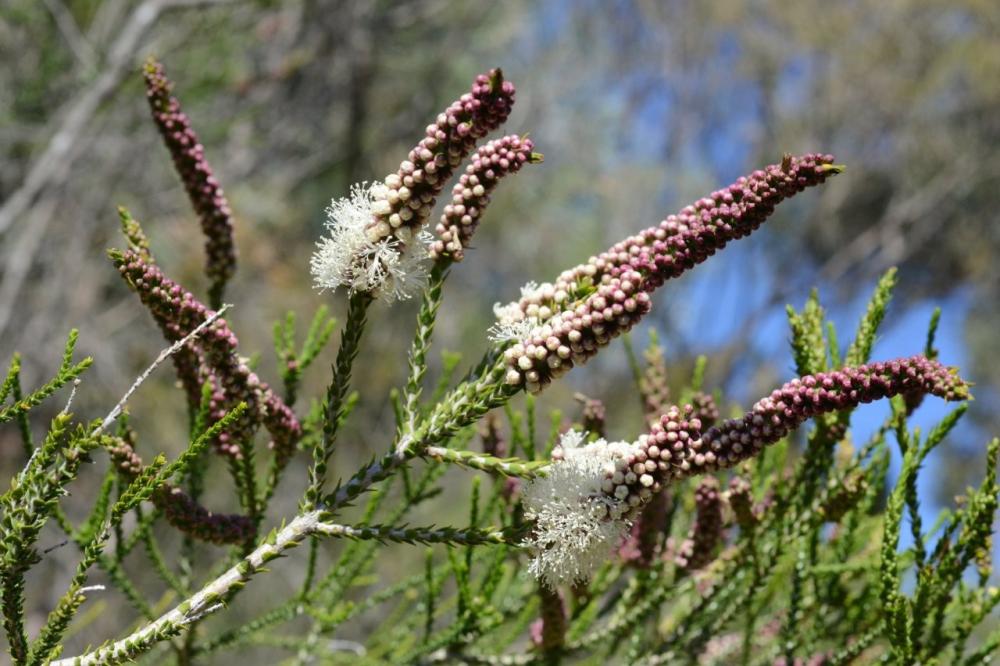Patersonia occidentalis
Purple Flag
Patersonia occidentalis is a strappy leaf, tufted perennial herb that grows to 80 cm high and up to 60 cm wide. Its striking three-petalled flowers in blue, violet or purple typically appear in late spring to early summer, but can appear at other times throughout the year.
Flowers of the Purple Flag are held above the foliage for a stunning display that also attracts native bees. Interestingly, individual flowers open for less than one day; however, many flowers are produced from the one stem and a well grown plant will produce a large number over the season, making them a most attractive addition to the home garden.
Grow it at home
- Propagate from seed sown in May and June
- Plant in a sunny position. It does tolerate light shade
- Best mass planted in drifts and used as a border plant in combination with other natives
- For improved display, replace plants every three to four years
- Use a native slow release fertiliser on planting and annually in spring
Find it in Kings Park
You can enjoy the Purple Flag in the Aspects Mound and Floral Clock, Western Australian Botanic Garden entrance beds, Northern Wheatbelt garden on Forrest Drive, May Drive Parkland and Poolgarla Family Area.
Out in the wild
Purple Flag can be found naturally amongst granite outcrops and on dunes from the Murchison River to east of Esperance.
